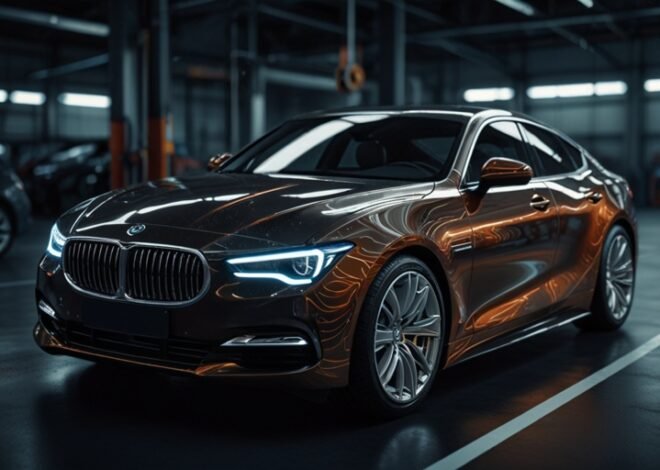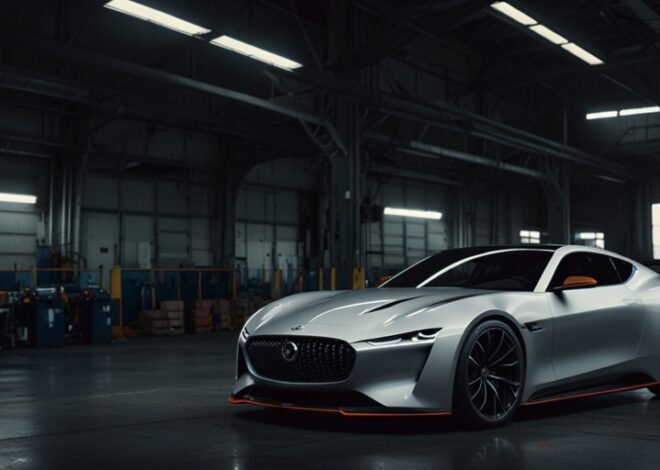
US Auto Sales Rebound As Supply Chain Issues Ease
There is also evidence of an upturn in the US auto industry as vehicle demand rises and avalanching strains weaken. Despite the COVID-19 disruptions over the last two years, recent US automakers are estimating an increased overall production coupled with stronger consumer interest in most of those segments.
Momentum in automotive sales is widely credited to several factors such as ready stock in dealers’ lot, excess demand, and a gradual unlocking of the critical semiconductor chip shortage affecting car makers. New vehicle retail SAAR in September increased to 15.7 million units, up 9.5% YoY – data from J.D. Power and LMC Automotive.
Some of the key players for automotive such as General Motors, Ford and Stellantis have posted double digits sales for third quarter. Other losers of the year include Ford whose sales were up by 16% and Stellantis which recorded a 13% Y-o-Y increase, although these figures were still considerably far behind GM. This was despite hiccups the company has been experiencing of late: its cars maker Tesla delivered a record number of vehicles globally in Q3.
The sales increase is welcome in an industry that has experienced issues with production and inventory problems. It is for this reason that most dealership are witnessing their lot being stocked better with a greater variety of models for the customer’s consideration. But analysts advise that inventories are still below pre-pandemic and can vary even by brands or models.
However, still many economic challenges still persist o the auto industry. Generally, high interest rates have slashed vehicle affordability through financing thus likely to reduce market demand for costly models. The average annual percentage rate for new car loans stood at 6.5% in September, a level not seen since 2019.
There also remains concern regarding inflation and potentially nearing recession, which will cause doubt whether or not consumers will continue to spend on large purchases like vehicles. Some analysts have raised concern and said that, at this rate, it will be difficult to sustain the current sales pace if the economic fortunes worsen further.
The only consolation of the market is electric vehicles which have seen their sales rising at a fast pace. Plug-in vehicle now constitutes 5.5%, or about five-fold in the new registrations as a percentage of total sales new light vehicle sales in the U.S. as compared to a 3.2% from a year before. The growth is attributed to the increasing model adoption, advances in the charging facilities and continuing customer demands for the environmentally efficient vehicles and the vehicles with enhanced fuel efficiency.
Nonetheless, the EV segment has its issues of raw material constraints for batteries, and fears of high-end electric car adoption for normal consumers. Analysts are expecting that recent adjustments to the federal EV tax credit provisions under the Inflation Reduction Act will influence the industry sales in the succeeding months.
However, when considering these dynamics of the automotive markets, most car manufacturers are increasingly shifting towards electrification and digitalisation. Automotive OEMs and their suppliers are linking to produce EVs and onboard advanced driving assistance systems and connectivity technologies that are revamping their product portfolios and value chains.
Moving to future projections for the rest of the year and into next year, the industry trends are moderately optimistic. However, there are concerns that uncertainties that prevail within the economic world may act as a counterweight to the expected improvements in supply chain situations. It is understood that automobile manufacturers and dealers have begun to pay more attention to how they can sustain sales velocity whilst also getting ready for the market to turn.
The future trends that the U.S. auto industry is forecasted to face would therefore presumably comprise of opportunities as well as challenges into the market changes that drive new consumer preferences, the innovative technologies that today’s economy presents and offers to the industry, and the changing economic forces that would continue to shape the market of the automobile products. Thus, the flexibility for introducing novelties to the market as well as speed of reaction to market shifts will become critical in light of the identified competition pattern.


